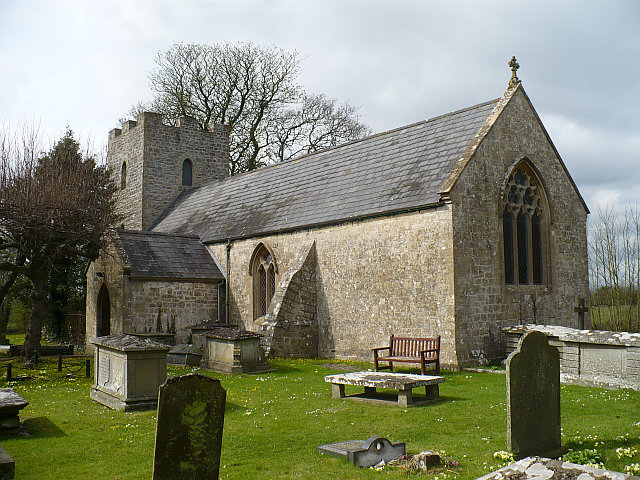Tucked away in the tranquil village of Goldcliff, near Newport in South Wales, stands the historic Church of St Mary Magdalene. This ancient parish church, with its weathered stonework and serene graveyard, is a silent witness to centuries of Welsh history and community life. Its story is not just one of faith but also of resilience and adaptation through the ages.
Early Origins
The origins of the Church of St Mary Magdalene date back to the early mediaeval period. It is believed that a church has stood on this site since at least the 12th century, although some sources suggest Christian worship may have taken place here even earlier. The church was dedicated to St Mary Magdalene, a popular dedication in mediaeval Britain, perhaps reflecting the village’s connection to the surrounding marshlands and the fishing communities that relied on them.
Norman Influence and Medieval Growth
By the 12th century, Goldcliff had come under Norman influence following the conquest of South Wales. The church’s earliest surviving features, including elements of its nave and chancel, reflect this Norman heritage. The Normans established the Benedictine Priory of Goldcliff nearby, and historical records indicate that the priory played a significant role in the church’s early life, providing clergy and supporting its upkeep.
During the Middle Ages, the church was at the heart of village life. Local families would have gathered here not only for worship but also for community meetings and events. The church’s location on slightly elevated ground offered some protection from the regular flooding that shaped life in the Gwent Levels.
Reformation and Restoration
The dissolution of the monasteries in the 16th century brought significant change to Goldcliff. The Benedictine priory was dissolved, but the parish church survived and continued to serve the local community. Over the centuries, the building underwent various repairs and alterations, reflecting changing architectural styles and the needs of its congregation.
In the 19th century, the church underwent a significant restoration, a common fate for many ancient churches during the Victorian era. This restoration helped preserve much of the mediaeval fabric while also adding new features such as stained glass windows and updated furnishings.
Modern Times
Today, the Church of St Mary Magdalene remains an active place of worship. Its peaceful churchyard, dotted with ancient yew trees and weathered gravestones, is a testament to generations of Goldcliff residents. The church is valued not only for its spiritual role but also as a heritage landmark, representing the history and identity of this unique corner of Wales.
Efforts by local groups and heritage organisations have ensured that the church is maintained for future generations. Visitors are welcome to explore its tranquil interior, admire its historic architecture, and reflect on the centuries of community life it has witnessed.
Conclusion
The Church of St Mary Magdalene, Goldcliff, stands as a beacon of continuity in an ever-changing world. Its walls tell stories of faith, resilience, and community—a legacy that endures to this day. Whether you are interested in Welsh history, religious heritage, or simply seeking a moment of quiet reflection, this remarkable church offers a window into the past and a sense of peace for the present.
Discover more from TheHubBuzz.com
Subscribe to get the latest posts sent to your email.

